Sinusitis is a common condition that many veterans suffer from as a result of their military service. It can manifest in various forms, from acute Sinusitis to chronic Sinusitis, and both can lead to life-altering symptoms. Veterans who qualify for VA disability benefits because of Sinusitis may receive compensation. In this blog post, we will discuss the various aspects of Sinusitis VA Disability Ratings and how veterans can go about receiving such a rating.
What is Sinusitis
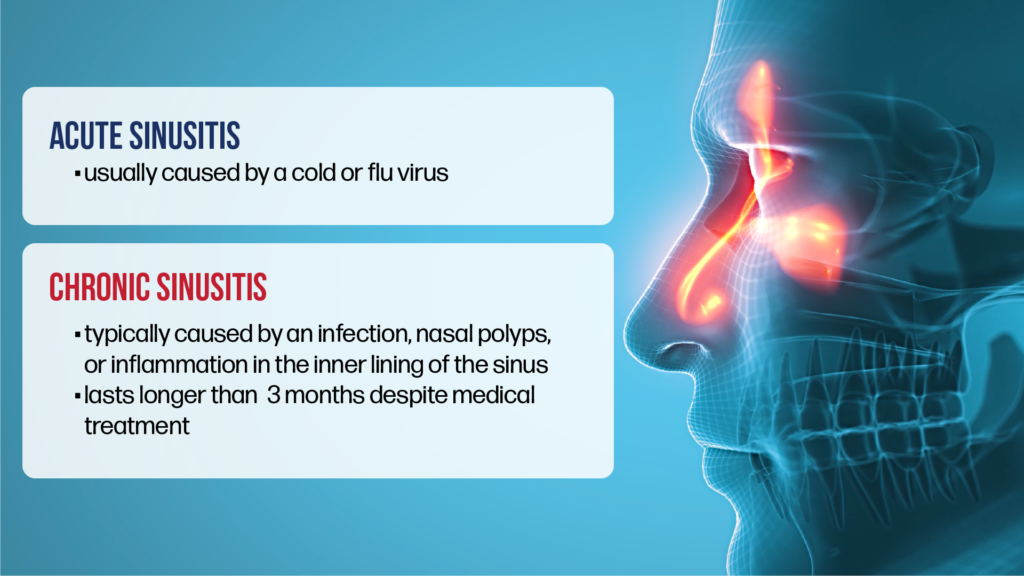
Sinusitis is an infection of the sinuses. It occurs when the spaces around your nose and head become inflamed, causing congestion in your nasal passages. Sinusitis can be acute or chronic, with the latter lasting longer than three months despite medical treatment. Acute Sinusitis is usually caused by a cold or flu virus, while chronic Sinusitis is typically caused by an infection, nasal polyps, or inflammation of the inner lining of your sinuses.

Veterans are particularly susceptible to chronic Sinusitis due to their exposure to burn pits and other environmental hazards during military service. Chronic Sinusitis can cause a stuffy nose, difficulty breathing through your nose, and swelling
or tenderness around your eyes. Additionally, chronic Sinusitis sufferers may experience headaches and pain in their face as well as a purulent discharge from their nose.
Who Qualifies for VA Disability Benefits for it?
To qualify for VA disability benefits due to chronic Sinusitis, a veteran must have a medical diagnosis of the condition in their service treatment records, VA medical records, or private medical records. Additionally, their Sinusitis must be caused or made worse by active duty military service or another service-connected disability for secondary service connection. Finally, they must demonstrate persistent and recurring symptoms of Sinusitis, including frequency, severity, and duration, as well as any functional impacts.
Diagnosing Sinusitis and How to Prove the Condition for VA Disability
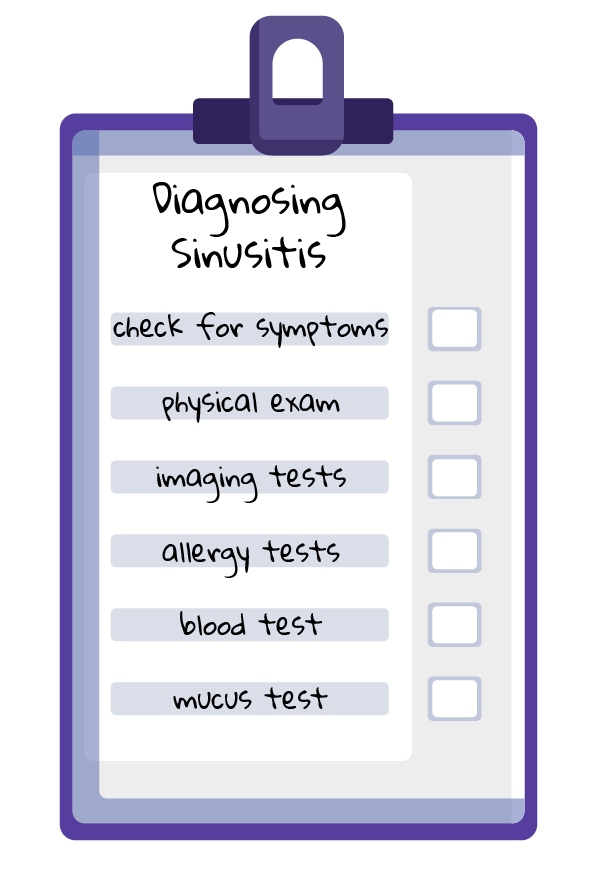
To diagnose Sinusitis, doctors will typically ask about your symptoms, perform a physical examination, and take imaging tests such as an X-ray or CT scan. Additionally, they may conduct allergy tests as well as blood and mucus testing in order to analyze the bacteria that is causing the infection. In some cases, a doctor may recommend antibiotic treatment or radical surgery to treat the Sinusitis.
To prove your Sinusitis is service-connected, you must provide evidence that it was caused by active duty military service or another established service-connected disability. This includes medical records, and other forms of documentation that show your condition has persisted for longer than three months despite adequate medical treatment. Additionally, you must provide evidence of your Sinusitis’s functional impact on daily activities, such as difficulty breathing or incapacitating episodes per year. You should also collect any information available regarding burn pit exposure during your active duty military service, as this may be used to prove direct service connection.
How VA Rates Sinusitis
VA uses the General Rating Formula for Sinusitis (Diagnostic Codes 6510 through 6514). This rating formula can determine whether a veteran’s chronic Sinusitis is eligible for VA disability benefits. Here is how the VA rating is determined:

A veteran may be eligible for a 50% rating if they have undergone radical surgery with chronic osteomyelitis or have near constant Sinusitis characterized by headaches, pain and tenderness of the affected sinus, purulent discharge, or crusting after repeated surgeries.

A veteran may be eligible for a 30% rating if they experience three or more incapacitating episodes of Sinusitis per year that require prolonged (lasting 4-6 weeks) antibiotic treatment or more than six non-incapacitating episodes of Sinusitis characterized by headaches, pains, and purulent discharge or crusting.

A veteran may be eligible for a 10% rating if they experience one or two incapacitating episodes of Sinusitis per year that require prolonged (lasting 4-6 weeks) antibiotic treatment or three to six non-incapacitating episodes of Sinusitis characterized by headaches, pain, and purulent discharge or crusting.

A veteran will be eligible for a 0% rating if their condition is detected only through X-ray.
VA Secondary Conditions to Sinusitis
The following is a list of common secondary conditions to Sinusitis for VA.

Allergic Rhinitis
One of the most common VA secondary conditions to Sinusitis is Allergic Rhinitis, which is a condition characterized by inflammation of the nasal passages due to an allergic response. This can be caused by exposure to airborne allergens such as pollen or dust mites and can have a significant impact on your quality of life.
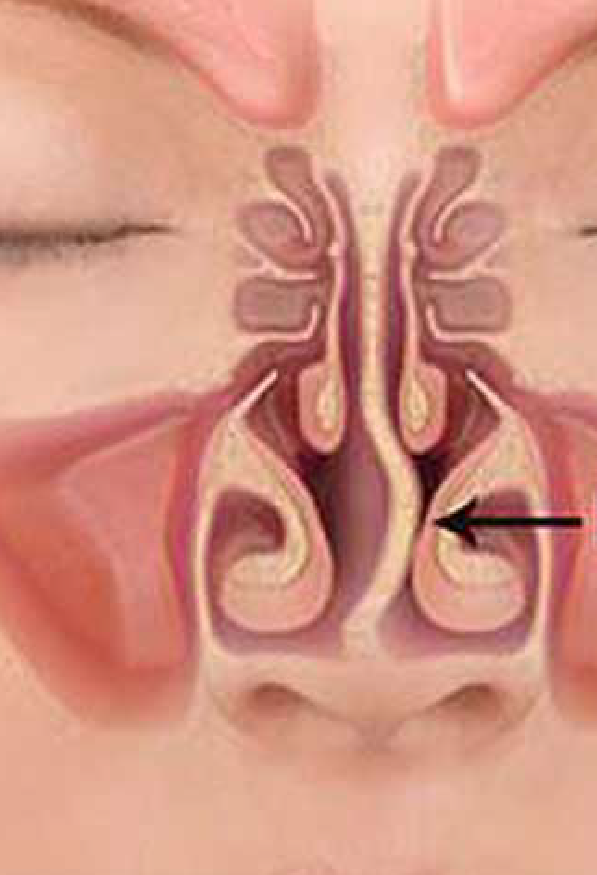
Deviated Septum
A deviated septum can also be a VA secondary condition to Sinusitis. This is when the nasal septum, which normally divides your nasal passage into two sides, is bent or crooked. This can lead to difficulty breathing and make you more susceptible to suffering from chronic Sinusitis and other respiratory tract infections.
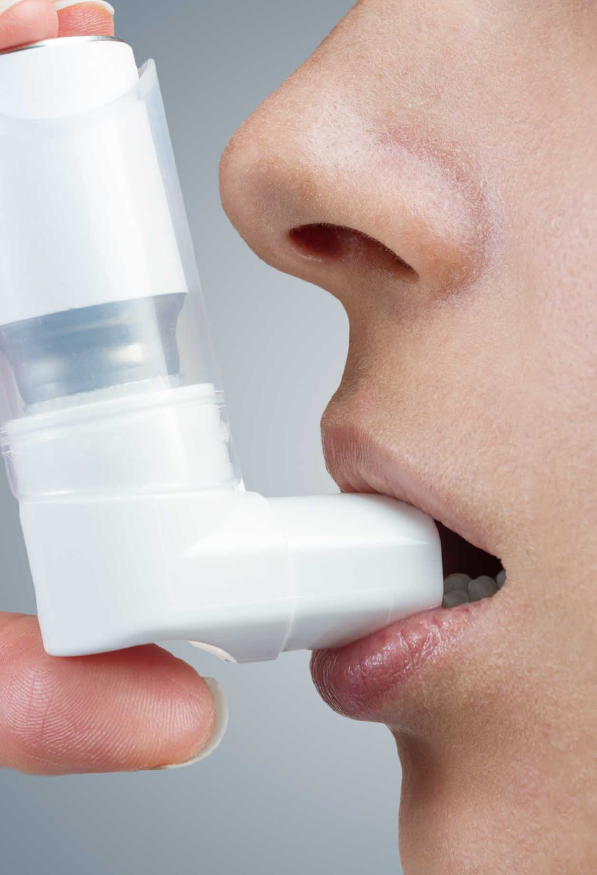
Asthma
Another common VA secondary condition to Sinusitis is asthma. Asthma is a chronic lung disorder characterized by recurrent episodes of difficulty breathing, chest tightness, and coughing due to airway inflammation. If you have asthma and suffer from Sinusitis, then your symptoms may be caused or worsened by the condition.

Nasal Polyps
Nasal polyps are another possible VA secondary condition to Sinusitis. These are growths in the lining of your nasal passages that can cause difficulty breathing, a blocked nose, and pain or pressure in the face. If you have nasal polyps, then it’s important to seek treatment in order to reduce your risk of developing Sinusitis.

Weakened Immune System
If you suffer from a service-connected disability that weakens your immune system, then this can also be a VA secondary condition to Sinusitis. This could include conditions such as HIV/AIDS or medications taken to manage other service-connected disabilities. If your immune system is weakened, then you may be more likely to suffer from recurrent bouts of Sinusitis that are difficult to treat or require antibiotic treatment.

Burn Pit Exposure
It’s also possible for veterans who were exposed to burn pits during their active duty military service to develop chronic Sinusitis as a result of their exposure. Burn pits are large open-air pits where hazardous materials such as solvents, paints, and fuels were burned during the wars in Iraq and Afghanistan. If you were exposed to burn pit smoke for extended periods of time, then it’s possible that this could have caused or worsened your Sinusitis.
Sinusitis Disability Claims for Gulf War Veterans
Gulf War veterans may be eligible to receive VA disability benefits for their Sinusitis. VA has established a presumptive service connection for veterans exposed to particulate matter in Djibouti, Afghanistan, Uzbekistan, or Syria between September 19, 2001, and today as well as the Southwest Asia theater of operations from August 2, 1990, through today.
Honoring Our PACT Act – Presumptive Conditions
The Honoring Our PACT Act has made it easier for veterans with Sinusitis to receive VA disability benefits by expanding the list of conditions eligible for presumptive service connection due to toxic exposure. Covered veterans include those who:
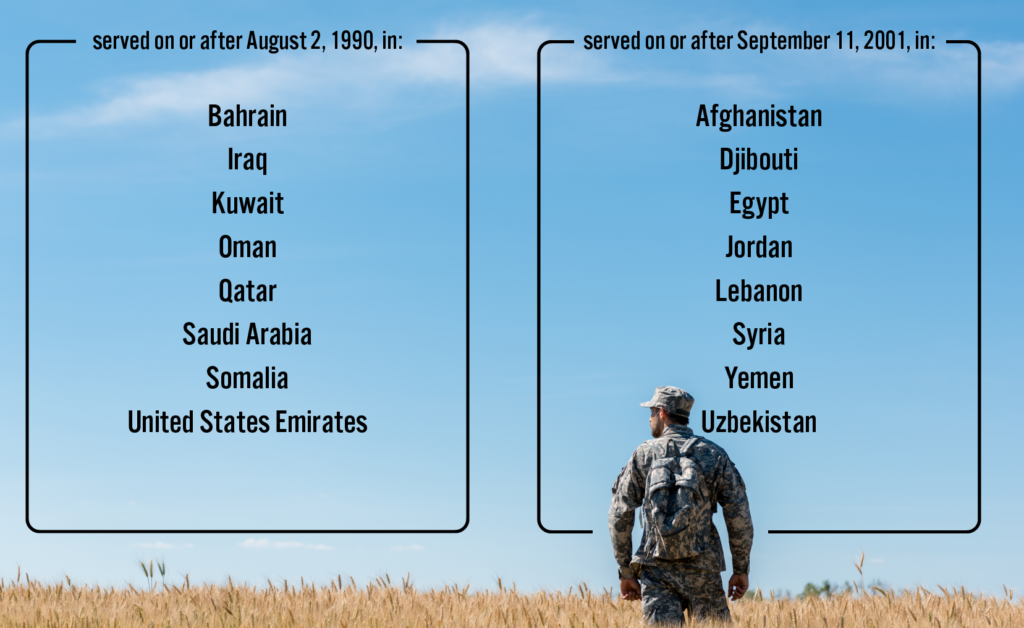
With this new legislation in place, these brave men and women no longer need to provide evidence that their military service caused their Sinusitis making it easier than ever before for them to get access to much-needed VA disability ratings.
Need Help with Filing a VA Disability Claim
If you are a veteran suffering from Sinusitis due to your military service, then Vet Claim Solutions can help. Our team of experienced and dedicated claim coaches is here to provide personalized advice and support every step of the way. We understand the VA claims process inside and out and will use our expertise to ensure that you get access to all the VA disability benefits you are entitled to. Contact us today for more information. We look forward to assisting you on your journey.
FAQ’s
1. What is 30% VA disability for sinusitis?
Veterans may be eligible for a 30% VA disability rating if they experience frequent and severe sinusitis symptoms. To qualify, the veteran must have experienced three or more incapacitating episodes of Sinusitis per year that require long-term (4 to 6 weeks) antibiotic treatment or at least six non-incapacitating episodes of Sinusitis characterized by headaches, pain, and purulent discharge or crusting.
2. Is Sinusitis a presumptive VA disability?
Yes, Sinusitis can be a presumptive VA disability for veterans who served in specific areas or theaters of operation after August 2, 1990, and September 11, 2001. This means that the veteran does not need to provide evidence of a service-connected cause to receive benefits.
3. What are the VA symptoms of Sinusitis?
Common symptoms of Sinusitis include headaches, facial pain, nasal congestion, post-nasal drainage, and a decrease in the sense of smell. Sinusitis can also cause fever, fatigue, and bad breath. If you are experiencing any of these symptoms, contact your doctor to discuss potential treatment options.


